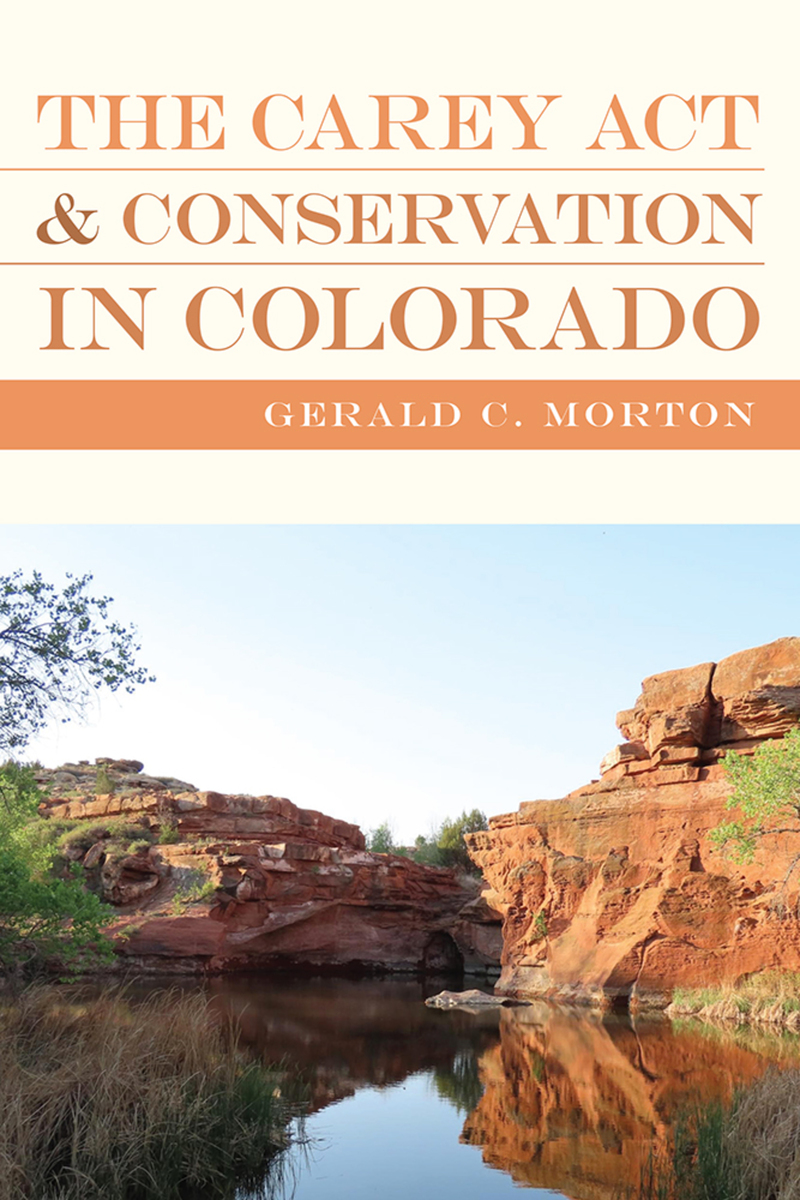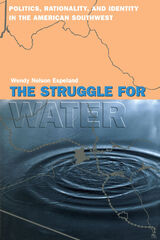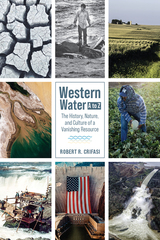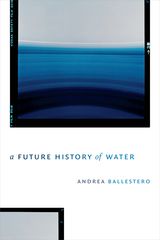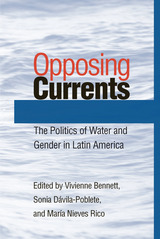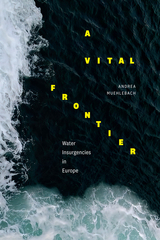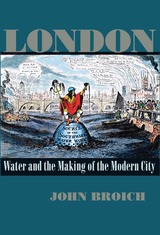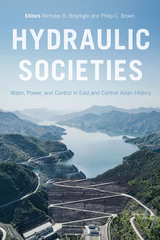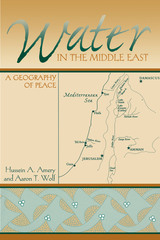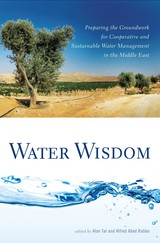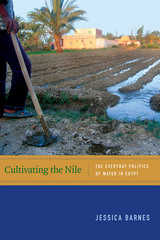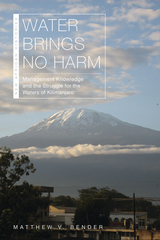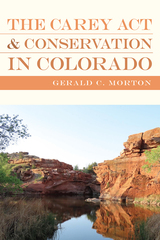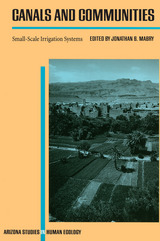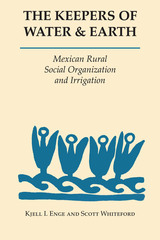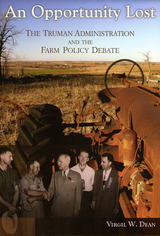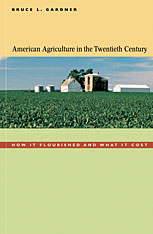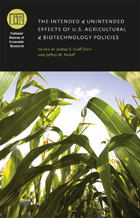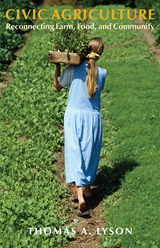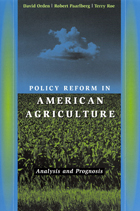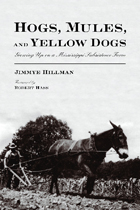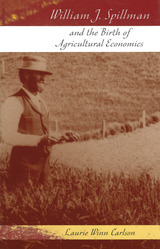The Carey Act and Conservation in Colorado
University Press of Colorado, 2024
eISBN: 978-1-64642-649-2 | Cloth: 978-1-64642-648-5
Library of Congress Classification HD1739.C6M67 2024
See other books on: Colorado | Conservation | Environmental protection | Public lands | Wildlife conservation
See other titles from University Press of Colorado
eISBN: 978-1-64642-649-2 | Cloth: 978-1-64642-648-5
Library of Congress Classification HD1739.C6M67 2024
ABOUT THIS BOOK | AUTHOR BIOGRAPHY | REVIEWS
ABOUT THIS BOOK
The Carey Act and Conservation in Colorado is an environmental history of the endless missteps and unforeseen consequences that characterized Colorado’s participation in the Carey Act—an 1894 federal law that granted one million acres of desert-classified public land to each western state for private irrigation development and settlement. In this inclusive narrative, author Gerald Morton reveals how this obscure law affected thirty-four of Colorado’s most arid stretches of landscape.
Morton contextualizes the Carey Act’s significance in Colorado through a study of the Two Buttes and Muddy Creek projects in the state’s southeastern corner—tragic examples of the disconnect among developers seeking windfall profits in the face of financial rollercoasters, the challenge of reclaiming remote sagebrush country, and settlers seeking viable livelihoods that eventually led conservationists to reimagine the failures as public wildlife refuges. A collision of values between developers and settlers lay at the center of those wildlife habitat conservation efforts, forcing people to rethink their relationship with the land and ephemeral streams—an awareness that correlated with the advent of modern ecology.
The Carey Act and Conservation in Colorado is the untold story of the manipulation of nature and the reconceived use of land for public wildlife areas on the southern plains of the American West. Offering original research on arid lands policy, federal and state agency oversight, irrigation bond financing, heartbroken settlers’ grievances, individual developers’ motives, and the rise of wildlife conservation, this compelling tale of misfortune will appeal to scholars and general readers interested in conservationist and environmental history in the American West.
Morton contextualizes the Carey Act’s significance in Colorado through a study of the Two Buttes and Muddy Creek projects in the state’s southeastern corner—tragic examples of the disconnect among developers seeking windfall profits in the face of financial rollercoasters, the challenge of reclaiming remote sagebrush country, and settlers seeking viable livelihoods that eventually led conservationists to reimagine the failures as public wildlife refuges. A collision of values between developers and settlers lay at the center of those wildlife habitat conservation efforts, forcing people to rethink their relationship with the land and ephemeral streams—an awareness that correlated with the advent of modern ecology.
The Carey Act and Conservation in Colorado is the untold story of the manipulation of nature and the reconceived use of land for public wildlife areas on the southern plains of the American West. Offering original research on arid lands policy, federal and state agency oversight, irrigation bond financing, heartbroken settlers’ grievances, individual developers’ motives, and the rise of wildlife conservation, this compelling tale of misfortune will appeal to scholars and general readers interested in conservationist and environmental history in the American West.
See other books on: Colorado | Conservation | Environmental protection | Public lands | Wildlife conservation
See other titles from University Press of Colorado
